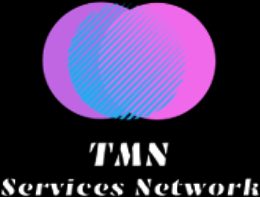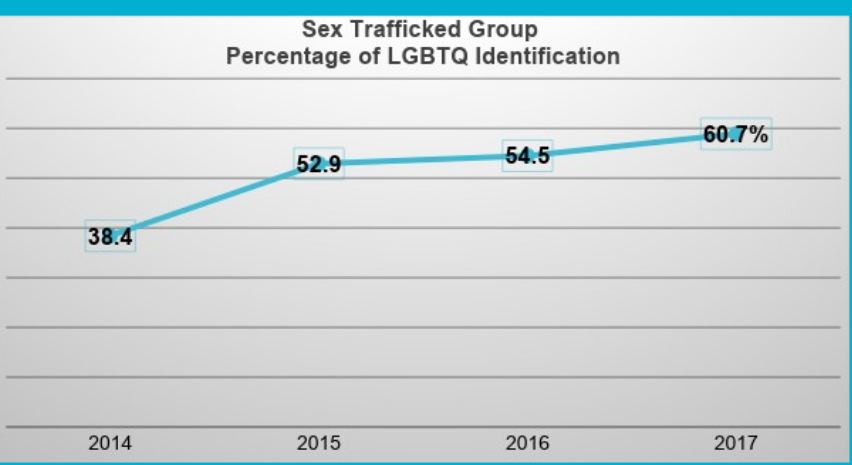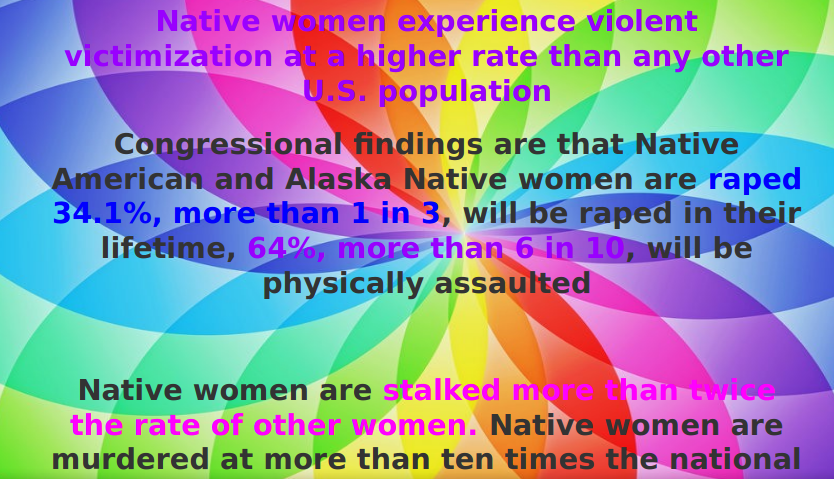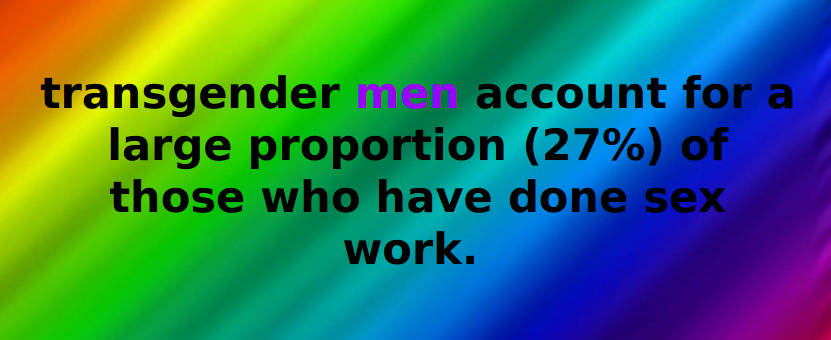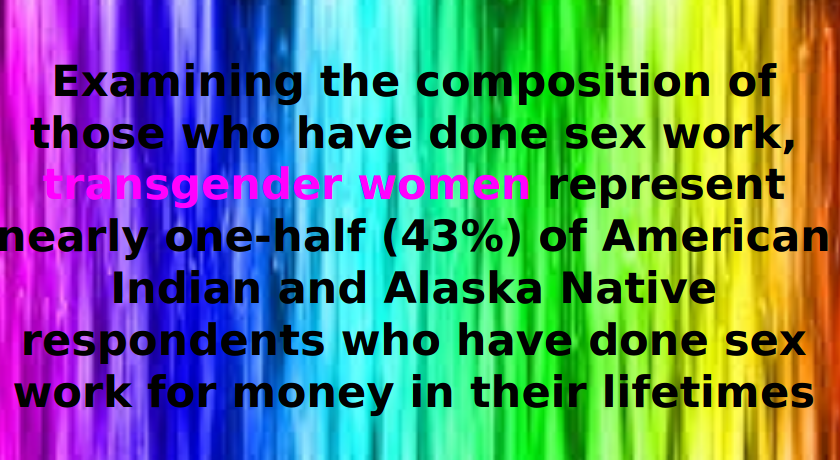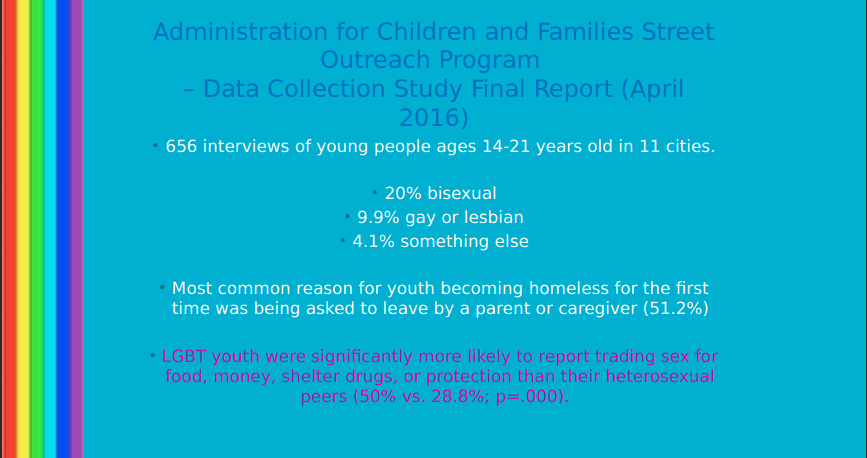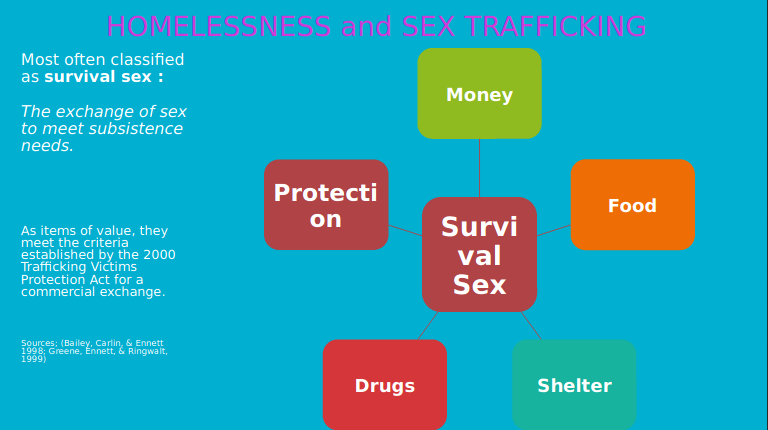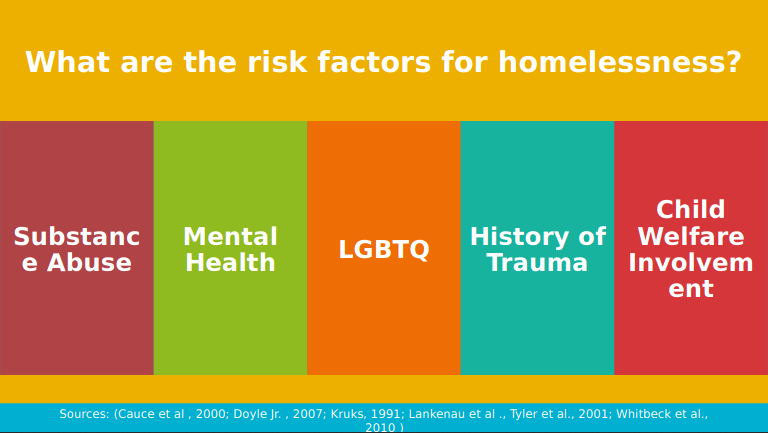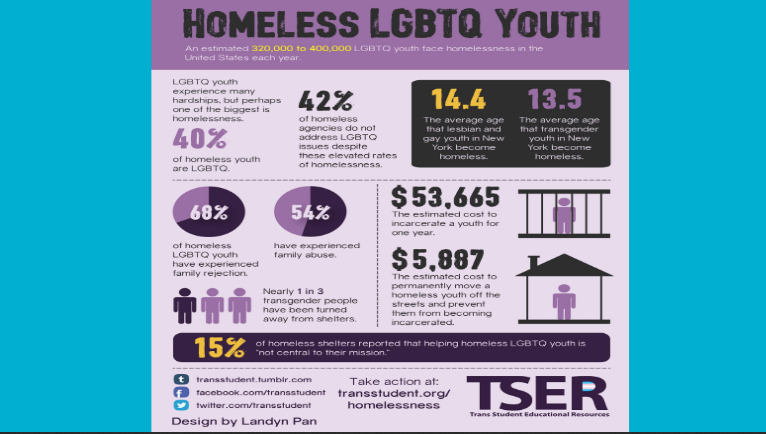
Supreme Court Delivers Landmark Victory, Upholding LGBTQ Employment Rights & Anti-discrimination! Read more here.
National Equality Map – Movement Advancement Project (MAP)
Know Your Rights – National Center For Transgender Equality (NCTE)
More From NTCE:
- About Transgender People
- Issues
- Aging
- Anti-Violence
- Employment
- Families
- Health & HIV
- Housing & Homelessness
- Identity Documents & Privacy
- Immigration
- International
- Military & Veterans
- National Transgender Discrimination Survey
- Non-Discrimination Laws
- Police, Jails & Prisons
- Racial & Economic Justice
- Research & Data Needs
- Travel
- Voting Rights
- Youth & Students
If you’ve been mistreated or harassed based on sexual orientation, gender identity, or HIV status, the ACLU wants to hear about it. Please visit the page link below to report LGBTQ/HIV Discrimination.
*Report LGBTQ/HIV Discrimination – ACLU
LGBTQIA+ Vulnerabilities
“There are a number of intersectional vulnerabilities of human trafficking in the LGBTQIA+ community starting from a young age:
- Although recent findings have shown that only approximately 9.6% of youth in America identify as LBGTQIA+, 40% of youth experiencing homelessness identify as LGBTQIA+
- With LGBTQIA+ youth disproportionately impacted by family rejection, homelessness, mental health issues, and substance use, they are at much higher risk to experience grooming, exploitation, and violence than their straight, cisgender peers
- Studies have found LGBTQIA+ youth to be up to 5 times more likely to experience human trafficking than their heterosexual peers
- LGBTQIA+ people are also over 7 times more likely to experience sexual violence
- One survey of homeless youth conducted by the Atlanta Youth Court found that 71% of transgender and gender non-conforming youth had experienced trafficking during their lifetime, along with 44% of LGB youth. Another important emphasis on intersectionality in the Atlanta survey is that the majority of the youth in this survey (56%) were Black LGBTQ+ youth, followed by another third (32%) identifying as Multiracial.
- In addition to youth, LGBTQIA+ people of all ages face higher rates of intersectional vulnerabilities, such as racial violence and discrimination, lack of access to adequate mental and physical healthcare, higher rates of unemployment, poverty, and homelessness. Thus, in order to hold true to our mission and values, it is our job to continue to educate ourselves and others in order to best protect and serve all those who hold these identities.“
Sex Trafficking & LGBTQ Experiences:
Slide show information created by: Sarah Kent, one-n-ten.org
United States Advisory Council on Human Trafficking Annual Report 2020
Report Office to Monitor and Combat Trafficking in Persons July 28, 2020
Underserved Populations Committee
Overview
“The Underserved Populations Committee was created based on an open dialogue among Council members who identified a wide variety of underserved human trafficking victim populations and populations who are at greater risk of and are more vulnerable to human trafficking. We acknowledge there are a multitude of underserved populations; however, we selected five to focus on this term:
- Labor trafficking victims: A significant percentage of all trafficking cases involve individuals who are victims of labor trafficking. Yet, there is limited public awareness about labor trafficking and few labor trafficking prosecutions. For example, in FY 2018 only 17 DOJ prosecutions involved predominantly labor trafficking.[5]
- Boys and men: Boys and men comprise a significant portion of human trafficking victims nationally and internationally, but there is a vast discrepancy in the services available for them. Resources and public awareness activities are focused largely on women and girls—many men and boys do not identify as victims or request services.[6]
- Lesbian, gay, bisexual, transgender, questioning, intersex (LGBTQI) individuals: It is well documented that one contributing factor to youth running away from home is the experience of their families rejecting them when they identify as LGBTQI. A recent study demonstrated that among homeless youth who were victims of human trafficking, up to 39 percent were LGBTQI runaway youth.[7]
- Indigenous populations: American Indian, Native Hawaiian, Alaska Native, and Pacific Islander populations have experienced inter-generational trauma patterns, including tribal relocations and forced assimilation in boarding schools. Indigenous populations of women and children (boys and girls) face additional risk factors related to trafficking, including high rates of poverty and involvement in the child welfare system.[8] [9]
- People with special needs, disabilities, and the elderly: There are significant gaps in the availability of long-term housing and extended support services for people with disabilities and elderly victims, as well as limited training for service providers on identifying and advocating for community services or accommodations.
Among these five populations are common underlying challenges, which include: limited public awareness, lack of data, limited service providers available to address their needs, fewer prosecutions of cases involving victims from these populations, and distinctly inadequate use of grant funding for these populations. For example, while some studies document that only 3.6 percent of prosecuted trafficking cases involve male victims, other studies have found that males account for up to 45 percent of the victim population.[10] These challenges serve as a call to action to address these critical disconnects.
This Committee encourages federal agencies to promote equity and inclusivity for these underserved populations. We appreciate agencies’ efforts to partner with survivors and further encourage agencies to expand their reach to work with survivors from these populations as well as survivor-led direct service organizations. In the creation of this Committee, we wished to highlight where gaps remain in identifying and serving underserved populations.
Recommendations
In our 2019 report, this Committee recommended:
- DOJ, HHS, DOS, USAID, and DOL provide incentives to potential grantees to offer services to underserved populations as well as seek additional appropriations for and prioritize existing funding to support underserved populations.
- HHS/Children’s Bureau (HHS/CB) and HHS/Family and Youth Services Bureau (HHS/FYSB) support increased training opportunities for direct service professionals on identifying, preventing, and responding to trafficking among underserved children and youth populations, and encourage training opportunities by survivors of human trafficking.
- All PITF agencies seek to increase data collection efforts within their authority to gather more detailed information about underserved populations to better inform agencies’ resource allocations and service offerings to trafficking victims/survivors.
In 2019, we focused on implementing aspects of each of our recommendations and prioritized working with DOJ, HHS, and DOL.
Implementation Efforts
This year, the Underserved Populations Committee focused on meeting with DOJ/OVC and HHS/Office on Trafficking in Persons (HHS/OTIP) on implementation of our first recommendation. We learned that in October 2019, HHS/OTIP’s funding forecast included “Demonstration Grants to Strengthen the Response to Victims of Human Trafficking in Native Communities (VHT-NC) Program.”[11] Additionally several of HHS/OTIP’s grantees have focused primarily on male victims of labor trafficking, specifically in agricultural settings. In addition, HHS/OTIP’s National Human Trafficking Training and Technical Assistance Center (NHTTAC),[12] prioritizes the development and delivery of technical assistance, training, and resources to indigenous communities, men and boys, labor trafficking victims, people with disabilities, runaway and homeless youth, and unaccompanied minors. In our meeting with DOJ/OVC, we learned that its Human Trafficking Capacity Building Center will focus on building capacity to provide a broad range of services to certain underserved populations, including indigenous victims. From July 2017 through June 2018, OVC human trafficking program grantees reported serving 1,356 male clients and 205 transgender clients. During the same time period, OVC grantees reported serving 1,748 labor trafficking clients and 447 clients who were identified as victims of both sex and labor trafficking.
We also met with HHS/CB and HHS/FYSB to discuss implementation of our second recommendation to increase training opportunities for direct service professionals on identifying, preventing, and responding to trafficking among underserved populations. HHS/CB shared information about several training courses its Capacity Building Center for States[13] has delivered on trafficking to support service professionals in meeting the requirements of the Preventing Sex Trafficking and Strengthening Families Act.[14] The Center also provides training and technical assistance to states on trafficking, family control, and serving male victims of trafficking. In addition, the Center has developed resources to address trafficking in child welfare and runaway/homeless programs. HHS/CB’s Child Welfare Information Gateway recently updated its human trafficking resource section, which includes publications and resources for child welfare staff and agencies as well as human trafficking screening and assessment tools.[15] While the JVTA does not require training of foster parents, it does require Child Abuse Prevention and Treatment Act State Plans to include “provisions and procedures for training child protective services workers about identifying, assessing, and providing comprehensive services to children who are sex trafficking victims, including efforts to coordinate with state law enforcement, juvenile justice, and social service agencies such as runaway and homeless youth shelters.”[16] In meeting with HHS/FYSB, it shared that while it does not have a legislative mandate or dedicated funds to focus on trafficking, it has allocated resources for training on human trafficking through its Runaway and Homeless Youth Training and Technical Assistance Center.[17] HHS/OTIP also ensured resources were available through NHTTAC so runaway and homeless youth service providers who received funding from HHS/FYSB received NHTTAC’s SOAR training[18] to help them identify and respond to individuals who are at risk or victims of trafficking. HHS/FYSB further provides grantees materials on promising practices when interacting with youth using victim-centered and trauma-informed approaches and supports human trafficking training for its domestic violence grantees.
Finally, to discuss PITF agencies’ data collection efforts on underserved populations, we met with DOJ/OVC, HHS/OTIP, and HHS/FYSB. Through DOJ/OVC’s Trafficking Information Management System (TIMS), it has collected optional data to identify certain populations. In meetings, it was noted, however, that DOJ’s Office of Justice Programs is overhauling its data collection and grant monitoring systems, which includes TIMS. HHS/OTIP plans to implement information collections that will capture data on underserved populations (e.g., men/boys, indigenous communities, people with disabilities, LGBTQ individuals) through the Trafficking Victim Assistance Program (TVAP) and Domestic Victims of Human Trafficking (DVHT) grants. HHS/OTIP has obtained OMB approval to collect information through TVAP[19] and is awaiting approval for DVHT collection.[20] HHS/OTIP is also in the process of developing the Anti-Trafficking Information Management System, which will capture this information and improve reporting and performance monitoring. In meeting with HHS/FYSB, it shared efforts it and HHS’ Administration for Native Americans (HHS/ANA) have undertaken to collect data on runaway indigenous youth, including assessing whether indigenous youth call the National Runaway Safeline.[21] HHS/FYSB’ Runaway and Homeless Youth Program (RHY) also included human trafficking questions in its Runaway and Homeless Youth-Homeless Management Information System data standards to ensure high-risk youth and youth survivors of trafficking can be identified effectively through RHY programs.“
